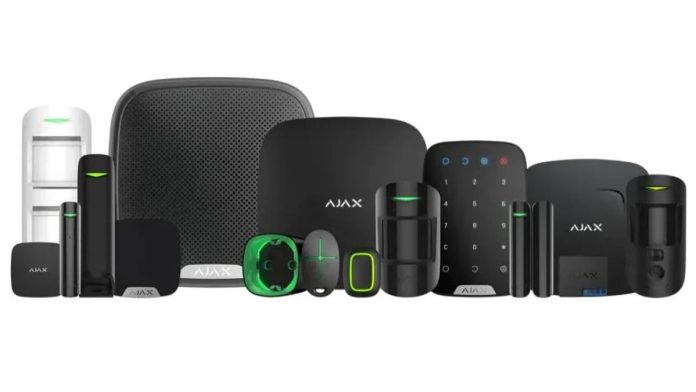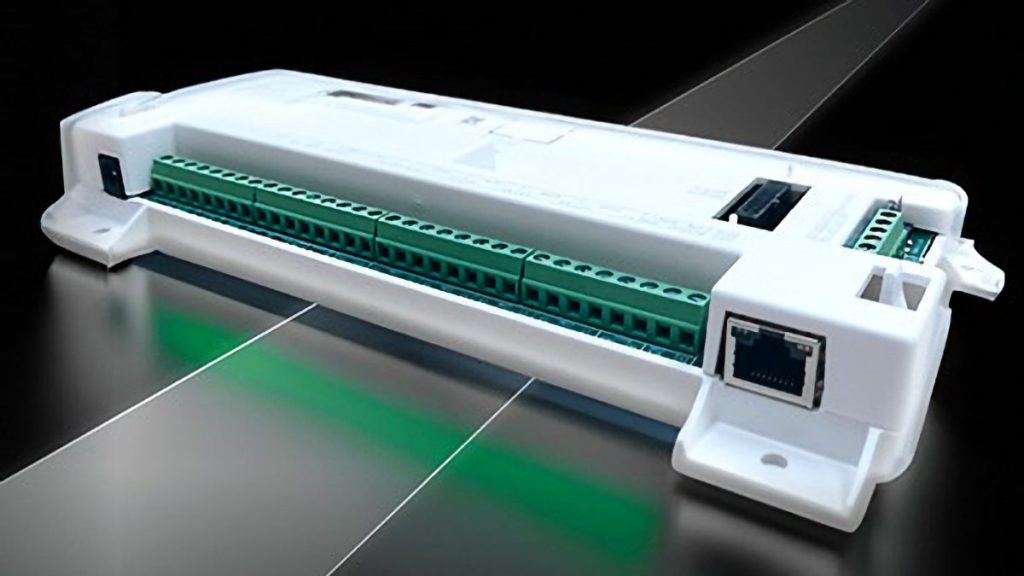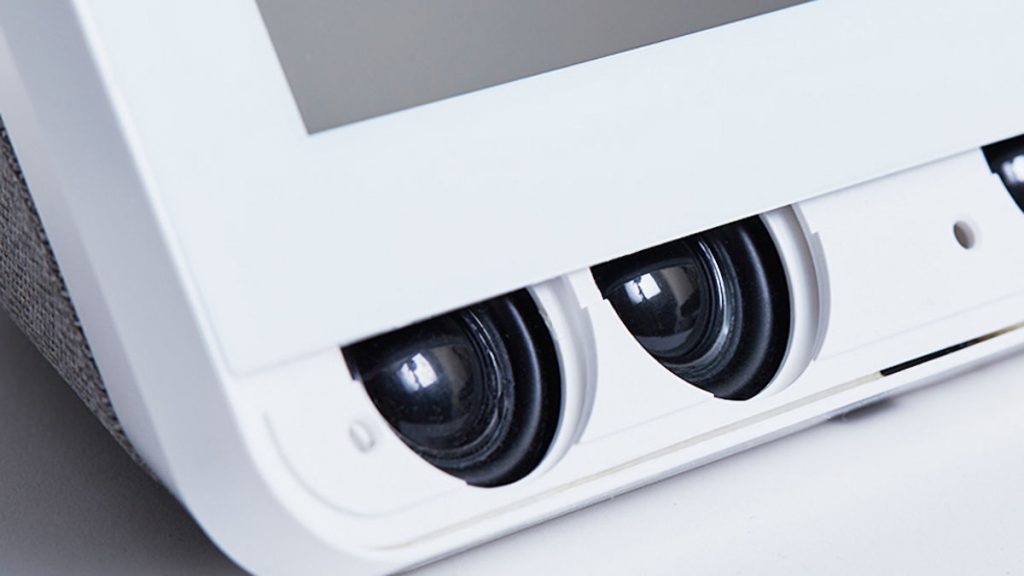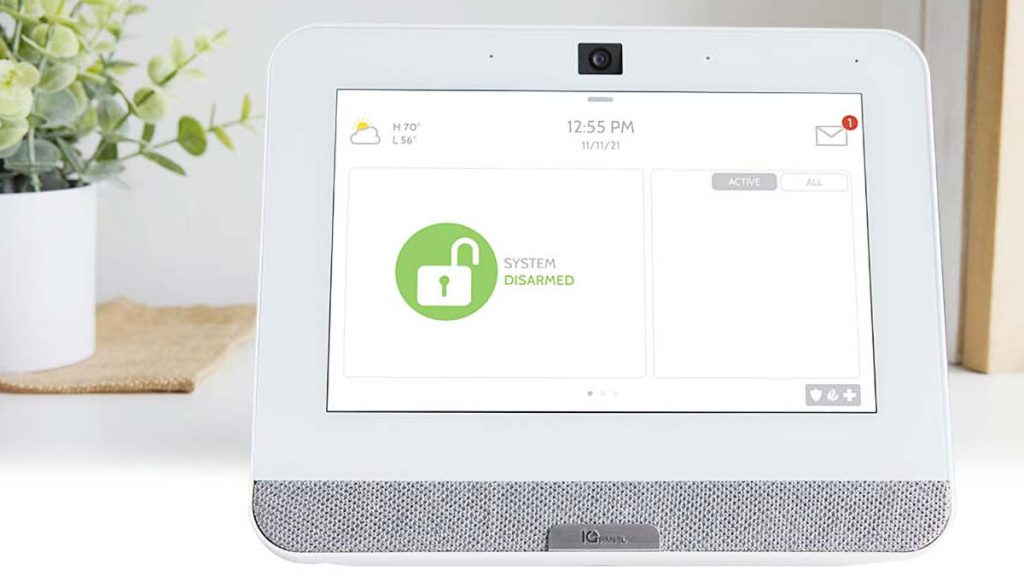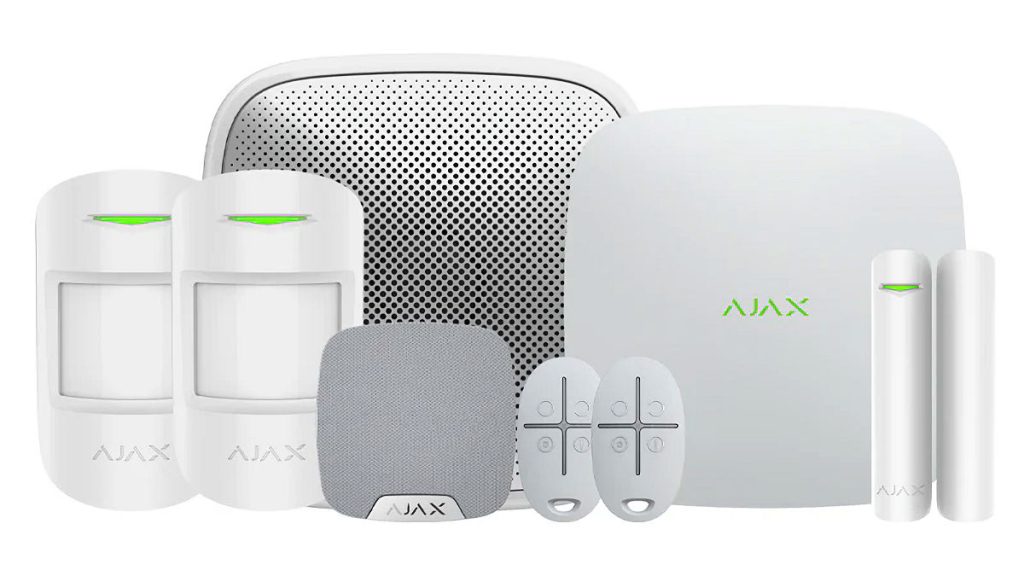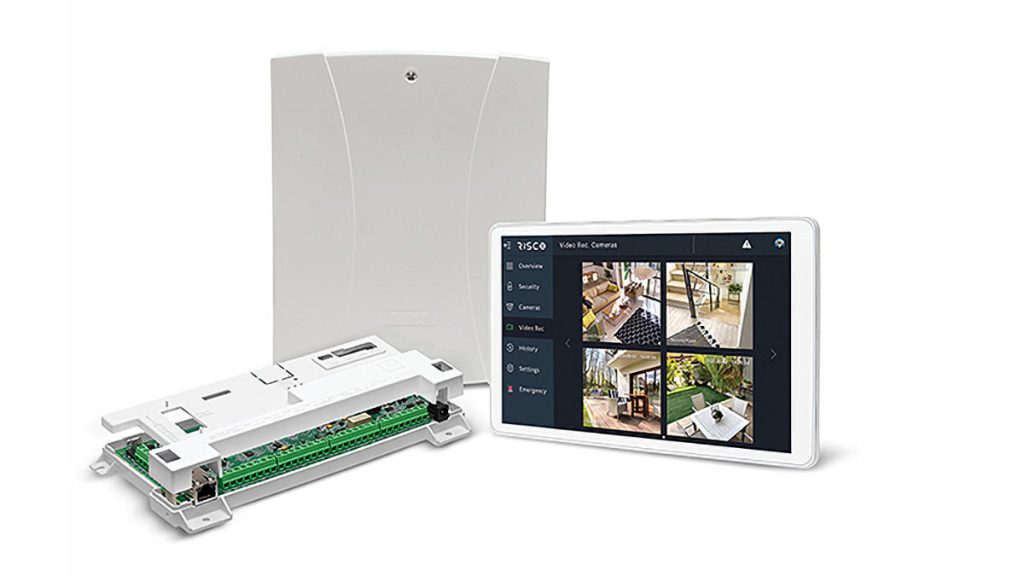Features Of The Best Alarm Systems – What Should Installers Value Most?
Features Of The Best Alarm Systems – The best alarm systems combine a wide range of capabilities with ease of use, reliable performance, and flexibility, but which are the features installers should ensure they can offer to their customers?
In our opinion features like multiple communication paths, cloud integration, remote management and reporting, and video verification reflect the needs of installers and end users best. While system features are important, equally critical are reliability, intuitive interfaces, and straightforward setup and maintenance.
Then there are the sales hooks you’ll want to present to customers – the core detection and automation functions supported by a swept-up user interface that gives fingertip control where required without confusing users with options they don’t need. This part is delicate – some users will want as much control and oversight as they can get.
Modern alarm systems should support mobile access with cloud connectivity. This enables remote configuration and monitoring by installers and remote arming, disarming, and notification management by users. Meanwhile, installers benefit from simplified installation and post-install service, while users have improved visibility and control of their systems.
At the same time, serious security solutions for residential and commercial applications need professional monitoring services. The systems you choose need to offer this through back-end integrations and active support by quality monitoring providers.
Support for video verification is increasingly common. Whether via integrated PIR-camera sensors or direct IP camera streams, video enhances situational awareness and allows users and monitoring stations to confirm events. Some systems allow integration with third-party video platforms or native NVRs.
Communication redundancy is another key attribute. Most systems now use dual path communication, typically IP with 4G backup. Compatibility with self-monitoring apps and back-to-base alarm monitoring allows for different deployment types. Backup batteries – given the increase in extreme weather events, fires, etc, more lifespan is better when it comes to batteries.
Elevated IP ratings for wireless hubs can prove worthwhile. Not only do they give the central controller, battery and comms unit additional protection and longer life, there are times you will need to put a wireless hub somewhere unexpected to enhance signal reach. This will typically occur if there’s a lot of metal in surrounding structures, or if your application is on sloping ground, and you need to bring in sensors from long ranges. With wireless elevation always helps.
Many pro security systems are hybrid, supporting wired and wireless devices to allow expansion and to facilitate upgrades of older infrastructure. Wired sensors never need battery changes, don’t suffer from interference and, if carefully installed, the copper infrastructure could last the lifetime of the building.
Wireless capability varies by frequency and transmission method. The latest 900 MHz systems can offer better range than 433MHz, but it comes at the cost of higher current draw and shorter battery life. A 900MHz sensor also has a larger antenna, meaning the a bigger housing. The best wireless sensor comms will be encrypted.
The user experience has improved through application-based control, simplified interfaces, and flexible access levels. Alarm systems may also offer automation support via Z-Wave or other third-party protocols. Some integrate access control, offering support for simple door locking functions or even lift integration. We think these options are worth having, especially if your team learn how to use them to build smarter solutions.
Installer-focused features include fast setup through app-based configuration, support for multi-site management, and real-time device health monitoring. Diagnostic tools and firmware updates can also be managed remotely. When you think about the time spend driving around busy cities, remote maintenance is pure gold.
The trend away from panel keypads and toward smartphone-based programming aligns with the preferences of younger technicians. Some systems allow programming and testing at device level, saving time and improving deployment efficiency.
We think the best systems should offer all the interface options. Remote keypads, integrated hub keypads (especially if there’s a shouty integrated siren), mobile apps, browsers, keyfobs, panic buttons.
We use mobile more often to manage settings, even when at home, but often use keypads when at home. Keypads are also required as a fallback when mobile devices are forgotten or without power. Fobs, offering a one-press arm or disarm, are very hard to beat, especially for kids, elderly parents and visitors.
Features like solid battery backup, multiple partition support, flexible zone expansion, and configurable user permissions remain standard in mid to high tier systems. Remote and automated firmware upgrade of hubs over the network is also great to have – more on this later.
At the enterprise level, cloud platforms enable installers (and commercial end users) to centrally manage large numbers of systems. For users, cloud-connected apps support arm/disarm, event review, and multi-site switching from a single interface. Cloud services are often essential to enable features like real-time video verification and live streaming. Video is a must-have in our opinion.
Systems vary in capacity. Some entry-level hubs support up to 100 zones, which is plenty, while higher-end models can manage 500+ across mixed device types and system comms technologies. Note that a system with 500 wireless devices would be a fearsome thing to maintain.
Expandability and compatibility with third-party systems are often deciding factors in larger deployments and need to be considered carefully. This is more likely to be relevant with traditional controller type systems with expanders, rather than hubs, which tend to have a proprietary element to them. There are also systems that can play music, display photos and more – all potential sales hooks are worthy.
Other features we rate include the ability for end users or monitoring centres to isolate sensors that may be experiencing issues with ambient conditions – high temperatures, strong light, strong wind – that cause false alarms. The ability to tweak external sensor sensitivity remotely is another big plus. In cooler months you can have that 25-metre range with hyper-sensitivity. In summer that’s going to be a bugbear for system managers and monitoring stations.
Geolocation disarming is another worthwhile feature, and we think geolocation arming after an extended period with no movement detected is worthwhile as well. In our opinion one of the biggest security risks for homeowners is forgetting to set their alarm on the way out the door – there’s no reason a clever system can’t do this for them.
Smart ancillaries – video doorbells, external keypads, automation devices, smart sensors of all types – these devices shift security systems into home automation territory and it’s a really good thing. The latest generation of alarm systems combining the best of everything are very hard to go past.
Support from an inventive, passionate and properly funded engineering team. This applies to hardware and the development of new devices allowing upselling. It also applies to software upgrades that enhance protection coming down the pipe to tackle bugs or meet threats in real time.
End-to-end UPS – yeah, we know it’s nothing to do with alarm panels directly but after a series of outs at a remote location we discovered that while the panel has plenty of backup, you may need UPS for Star-Link and the switch as well. In our case a backup 4G SIM in the hub saved the day, which is another solid argument for integrated dual comms paths and a 4G upsell.
You can read more about alarm systems we rate here, here and here, or read more SEN new here.
Features Of The Best Alarm Systems:
- Hybrid wired and wireless device support
- Dual path communication with IP and 4G
- Mobile app and cloud platform integration
- Video verification via PIR camera or IP stream
- Remote setup, diagnostics and firmware updates
- Smart automation and simple access control
- Zone expansion options
- Support for third-party video and automation systems
- Installer and user simplicity through app-based control.
“Features Of The Best Alarm Systems – What Should Installers Value Most?”



